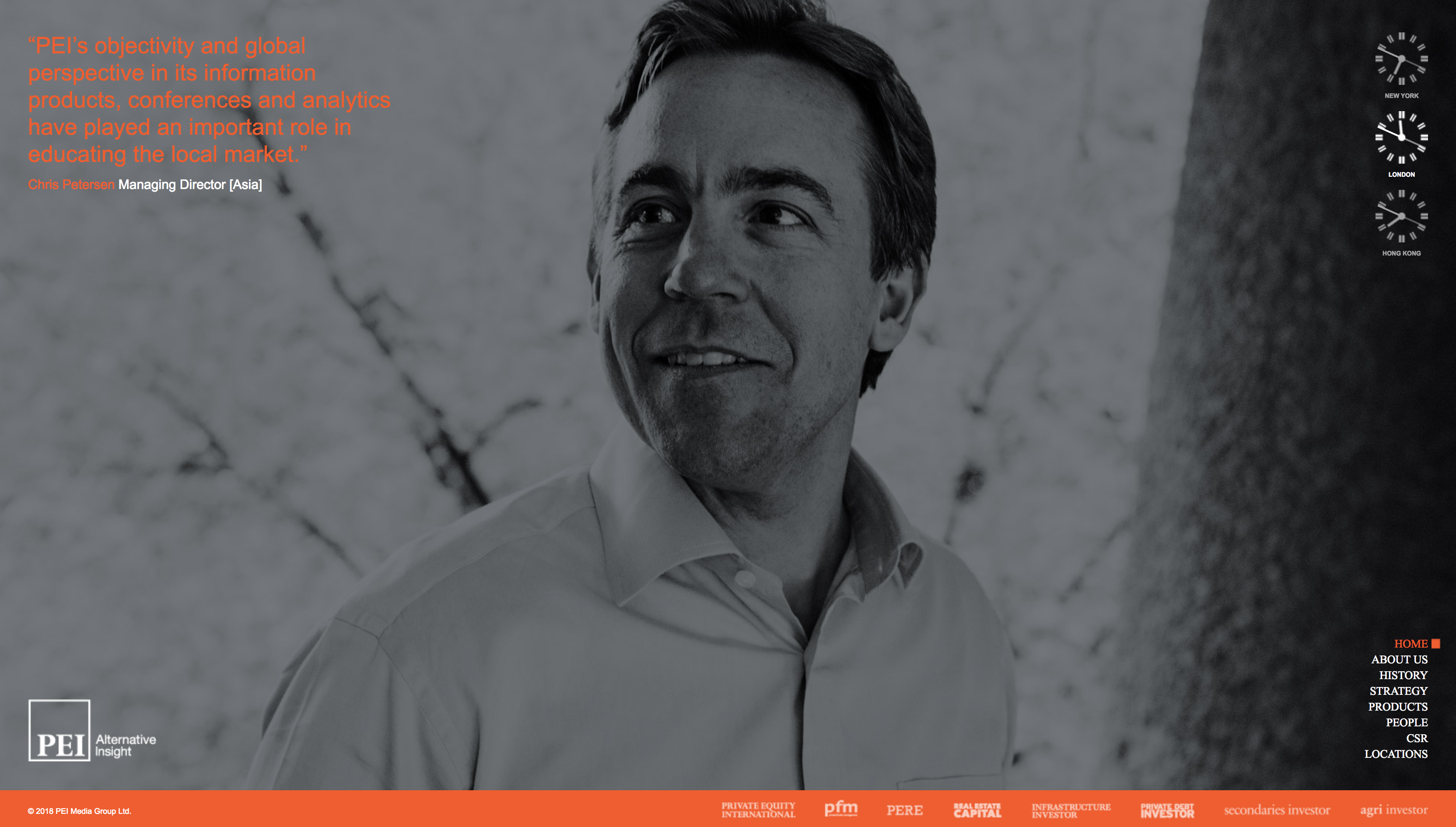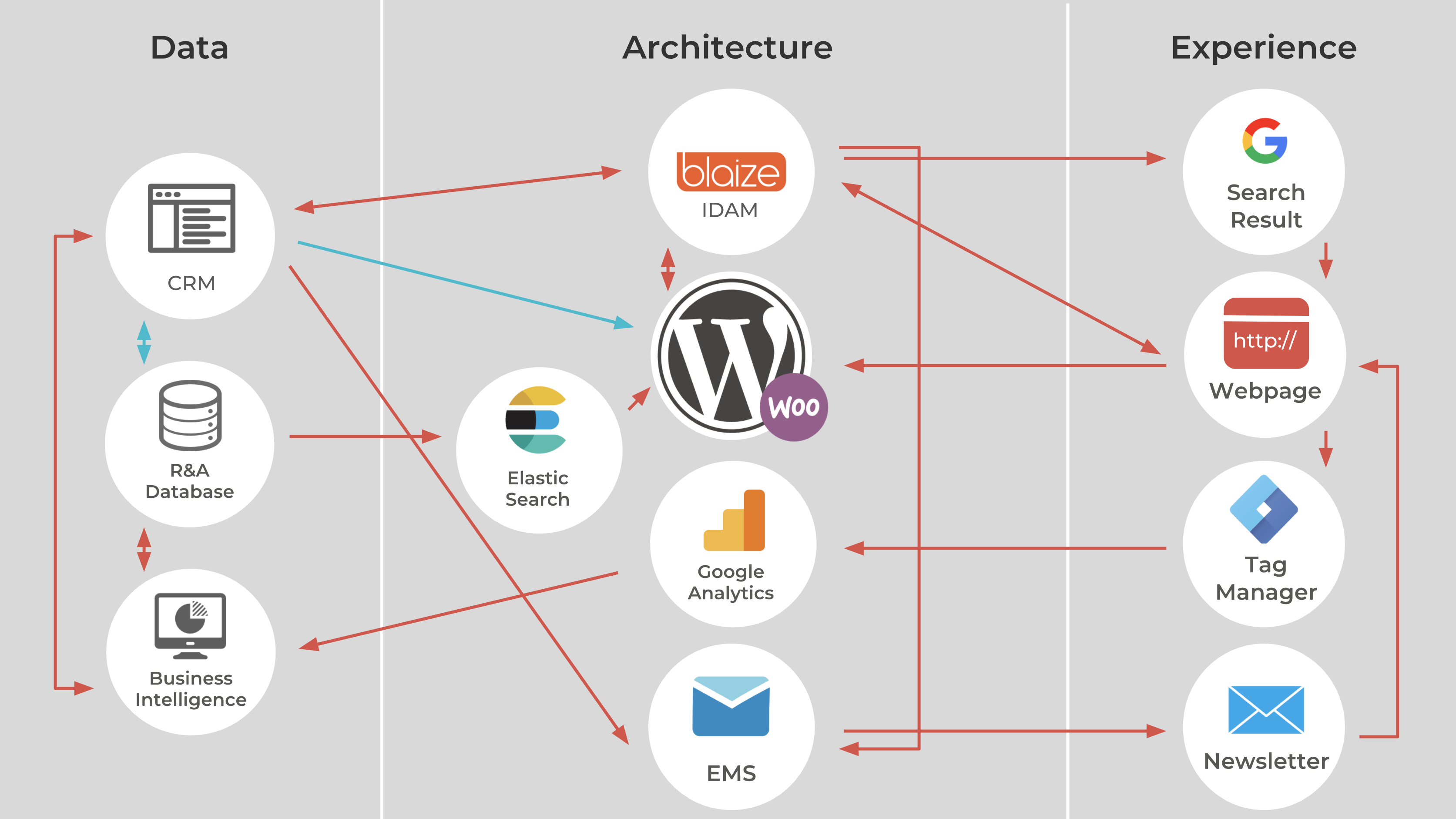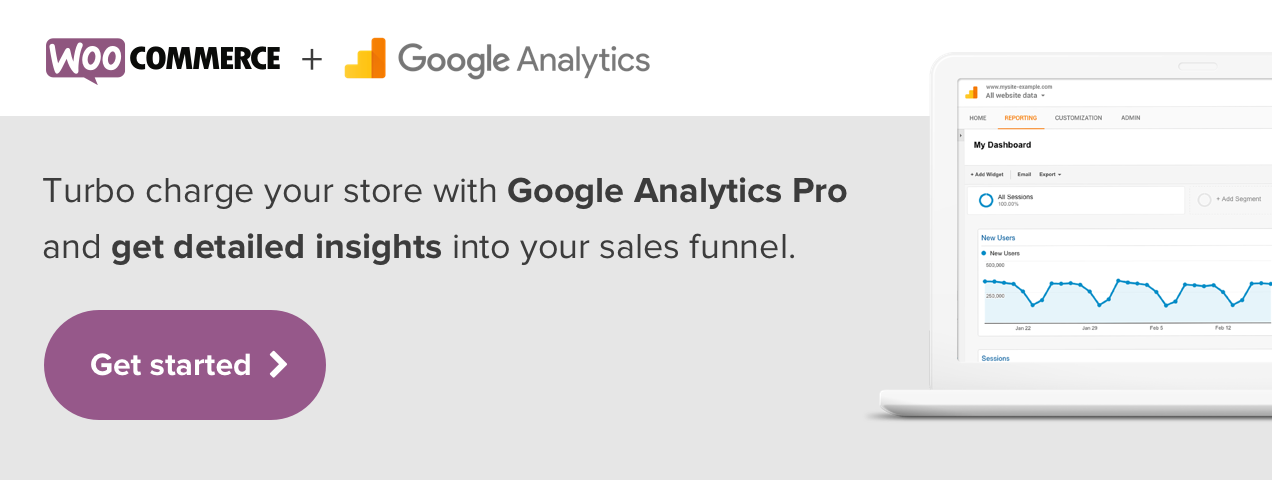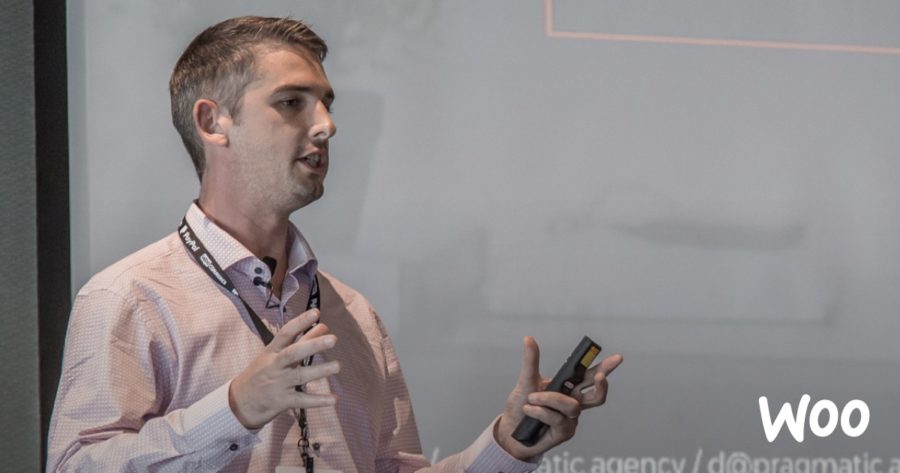Last year Pragmatic worked with PEI Media to deliver a digital transformation of their website portfolio — and, along the way, of their business.
My colleagues at Pragmatic and I are extremely proud of the results — including organic traffic increases of up to 40 percent — so we wanted to share some of the key things we learned from our work, from high-level observations to hands-on insights.

PEI Media: from Technical Debt to Agile
PEI Media is an international financial media group with a portfolio of brands. The group brought in a new Chief Technology Officer in Autumn 2016 and tasked him with a complete digital transformation of the business. They wanted to create a modern, flexible technology platform that would lead the company’s premium products to deliver significant growth.
This was an uphill march, as the company was burdened with severe technical debt. Publishing new content or changing anything on the website, even a simple typo, required rebuilding the entire website overnight — clearly an unsustainable state of affairs in an industry where speed and flexibility are crucial. .
To change anything on the website … required rebuilding the entire website overnight.
PEI Media had good annual growth rates. And thanks to a recent round of venture-capital funding they could now drive that business growth even faster. It was clear, though, that only a complete transformation of the company’s digital assets would let them achieve the ambitious goals they had set for their business.
The brief was to redevelop the company’s eight websites to deliver its portfolio of products via self-service eCommerce, offering the best available tools as well as an attractively designed front-end.
To meet the PEI Media’s needs, our team at Pragmatic needed a connected architecture of robust, high-performing components, implemented via agile methodologies.
In working with PEI Media, we diligently followed due process. This included adhering to clear — and high — standards, incorporating strict documentation, and undertaking detailed reviews before deciding on solutions for the issues we needed to tackle.
We conducted a thorough RFP process with our future PEI Media partners, exploring what approaches, software, and architecture would work best for the tasks at hand.
Once we officially came on board to execute this project, we began with a discovery process. We then created a product backlog that incorporated all the different stakeholders’ requirements.
Why WordPress, why WooCommerce?
This was a web-publishing project, so WordPress, the web’s leading content management system, was a natural fit The availability of a wide range of powerful plugins and a flexible editorial workflows made WordPress stands out in comparison to proprietary CMS platforms we’d considered.
The flexibility of Visual Composer, which makes it possible to change webpages without the need for developer support, was a real draw for PEI Media. We also demonstrated our team’s ability to iterate rapidly through a number of third-party themes, quickly generating prototypes until we could find one that matched PEI Media’s vision for their network of websites. Showing our client what the site could look like gave them confidence in WordPress — and in our ability to build the sites they wanted.
WooCommerce gave PEI Media a streamlined checkout experience. The company’s previous eCommerce checkout process included no fewer than nine steps, and with WooCommerce we were able to bring the number down to two or three. This made the sales teams’ job easier, and we expected it would produce a better conversion rate as well.
The company’s previous eCommerce checkout process included no fewer than nine steps, and with WooCommerce we were able to bring the number down to two or three
Because PEI Media sells content, and their team members were used to editing and producing it, extending that content management to product descriptions and images was not a big leap.
Like WordPress, WooCommerce is open source, so it gave us the flexibility to expand and edit the basic functionality as needed. In this enterprise-level project, our client was spread across several business units, each running separate and independent Profit & Loss accounts and generating their own revenue. This meant we had to account for several different content types, ranging from physical products to virtual-content access, event tickets, and others. These sites also needed to handle one-time payments as well as subscriptions, something that WooCommerce could support.
The final selling point for us was WooCommerce’s extendability can easily integrate with other apps and software, and is highly connectable, meaning there were no limits on the platforms and services to which we could connect PEI Media sites..
Technical Design of thisispei.com
To meet some of the capabilities that WordPress and WooCommerce couldn’t provide, such as entitlement management — the permissioning system which controls the restricted content that a user can or can’t see according to a matrix of criteria — we implemented a number of other integrations.
For managing access across different types of users — anonymous users, registered free users, and premium-content-paying users — we needed to build PEI Media a sophisticated solution that could handle entitlement management. Key to their business was maximizing the conversion rate, encouraging users to pay, and we identified several cloud platforms that already offer this functionality.
The technical architecture we built consisted of WordPress as the CMS and the front end and WooCommerce for eCommerce. We then added Blaize, an identity- and access-management platform. We put a proxy server in front of WordPress to handle identity management, including registration, sign-ins, and user-account management. Depending on what visitors are accessing and their entitlement rights, the proxy server dynamically generates the relevant content.
We opted for password-less authentication and also capitalized on Blaize’s ability to generate the first page of content free of charge for inbound page requests coming from certain search engines. This so-called “first click free” access allows for pages to be indexed by the search engines and help the websites rank better in search results.
PEI Media runs a rich data research and analytics platform, which the team uses to inform its analysts about the markets the company covers. To allow access to this data on the revamped websites, we put it through Elasticsearch and built a React front-end to display it. We managed to streamline the display of editorial content alongside data-driven graphics.
Blaize also connects to the company’s CRM to manage entitlements for WordPress. Once a user checks out via WooCommerce having purchased an entitlement, Blaize immediately updates the CRM, giving the user quick access to premium content.
To improve sales through marketing automation, we integrated Google Tag Manager, which passes data back to Google Analytics and from there into the company’s business intelligence platforms. This allowed for continuous improvements to customer acquisition and retention.

The architecture we built created a personalized customer experience, which in turn drives audience engagement, repeat visits, time spent on site, and numbers of pages viewed. As PEI Media’s business model focuses on premium products, the more pages a user views, the closer they get to hitting the limit, meaning they will need to upgrade to access that content.
Operational Design: Discovery and Calibration
This was a huge project, with a number of different features and pieces of software to build and connect together. How did we get from a standing start to a full-speed program? The transition called for three phases.
The discovery phase came first. This one-month period was about making sure that the entire project team were aligned on both the vision and the specific requirements. We used workshops and meetings with PEI Media and other technology partners to help complete the initial project documentation. We were careful to avoid technical or digital speak unless absolutely necessary: we wanted our communication to be engaging and generate healthy conversations. We also did some prototyping and technical exploration in order to minimize technical risk once development started. During this phase, we also agreed to use an Agile approach, with teams running sprints lasting two weeks each.
Next came the calibration phase, which gave us six weeks (three sprints) to get going with the project. This phase gave us the ability to assess the amount of work that we could achieve in each sprint and gave us a good idea of delivery dates against key milestones.
After calibration, we moved seamlessly into the final state of an actively-running scrum team delivery. The meetings that are a critical part of the scrum process meant that we were constantly discussing and reviewing progress with our PEI Media partners. This helped us foster a positive, trust-based relationship.
Increases in inquiries, clicks, and traffic
Thanks to password-less access, the number of subscription inquiries across the group has increased significantly. The websites load faster and visitors are clicking on more articles. As a result, some websites have seen traffic rise by up to 23%, which also correlated with more visits, longer user sessions, and more pageviews.
As a result, some websites have seen traffic rise by up to 23%.
New personalization approaches have delivered a customer experience geared toward audience engagement and better conversion rates.
Conclusion
Working with PEI Media has been one of the best experiences I’ve had over my entire career. A third-party report suggest my impression isn’t entirely subjective:
“The nature of the relationship with the development partners appears to be one which would foster effective collaboration and delivery. It can be considered close to best practice.”
That’s something that any agency can be proud of reading.
There are lots of factors that made this project so successful, but I’m going to focus on the key role that WordPress and WooCommerce have played:
- Speed – the ability to cycle through off-the-shelf themes in hours gave the project team confidence that we shared a vision for the portfolio.
- Requirements fit – WordPress is a top-tier CMS — powering 30 percent of the web — and matched or beat other specialist, bespoke CMS options, giving the team confidence that we were choosing the best solution.
- Integrations – the PEI Media platform uses the most powerful components knitted together to create the optimum digital solution for the business. WordPress’s open source community means that for many integrations, off-the-shelf solutions already existed.
- Readily customizable – PEI Media decided that they wanted this platform to be a core part of their strategy. WordPress and WooCommerce support that vision by enabling the business to keep, remove, replace, or augment features in line with business priorities and value creation.
- Value – the fact that WordPress, an open source software project, comes with an annual license fee of zero means that PEI Media have been able to invest a bigger proportion of their capital into features and functions that add specific value to their business.
Pragmatic has been privileged to work with PEI Media in an agile, open, and trusting way that allowed both parties to leverage these factors into business benefits, value and success. It’s inspiring to see how each success built confidence and engagement within the business.
– – – – – –
This post is a recap of a talk given at WooConf 2017.





